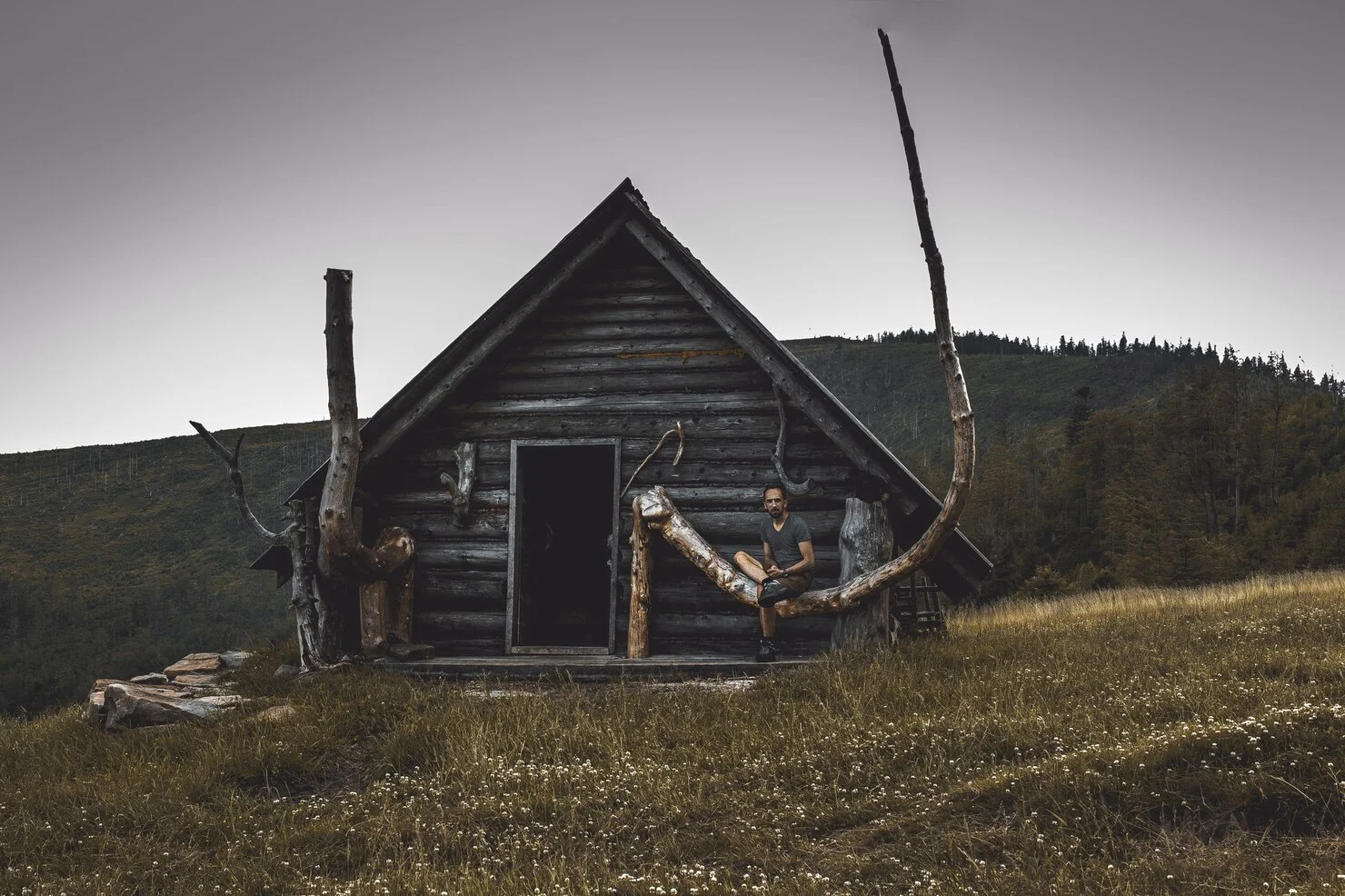Physical Address
304 North Cardinal St.
Dorchester Center, MA 02124
Physical Address
304 North Cardinal St.
Dorchester Center, MA 02124

The log cabin stands as a symbol of rustic simplicity, rugged durability, and a deep connection to nature. From historic frontier settlements to contemporary weekend retreats, the log cabin has captured the imagination of homeowners, architects, and history enthusiasts alike. But what makes these structures so enduring, and how have they evolved over time? In this comprehensive guide, we explore the fascinating history, diverse styles, construction methods, advantages, challenges, and future trends surrounding the log cabin. Whether you’re considering building your own, purchasing a historical one, or just intrigued by their rich heritage, this article offers valuable insights into why log cabins remain an iconic part of architectural and cultural history.
The origin of the log cabin can be traced back centuries in regions like Scandinavia, Eastern Europe, and North America. Scandinavian settlers, particularly those from Finland and Sweden, developed early log-building techniques suitable for cold climates, influencing what would become traditional North American log construction. These regions utilized hand-hewn logs because they provided natural insulation and durability.
In Native American cultures, log structures and longhouses served as communal dwellings, demonstrating the practical and social importance of log construction. European settlers, arriving in North America during the 17th and 18th centuries, quickly adopted indigenous and European methods, creating durable, portable log cabins that suited frontier life.
During the pioneer era, especially in the United States and Canada, log cabins became essential for Westward expansion. Settlers relied on cheap, readily available timber to create shelter in uncharted territories. The typical pioneer log cabin was small, functional, and easy to build, often using simple techniques that could be learned quickly.
Throughout the 19th century, as the frontier closed and communities grew, the log cabin transitioned from purely functional to a symbol of independence and rustic charm. Today, while many historic log cabins remain preserved as cultural landmarks, modern log cabin designs have evolved into luxurious retreats blending tradition with comfort.
Traditional log cabins often feature hand hewn logs, which are carefully shaped with axes or drawknives. These cabins highlight authentic craftsmanship and rustic authenticity. Chinking—the material used to fill gaps between logs—was traditionally made from mud, clay, or straw, providing insulation and weatherproofing.
Today, many log cabins are prefabricated or available as kits, making the construction process more accessible and quicker. Manufacturers use milled logs that are precisely shaped for easy stacking, reducing labor costs. These modern designs often incorporate energy-efficient windows, insulation enhancements, and contemporary amenities.
Building a log cabin begins with careful site selection—considering factors like terrain, climate, and access. The architectural style depends on personal preferences and regional influences, ranging from tiny rustic retreats to expansive family homes with multiple stories.
Choice of wood is crucial. Common options include pine, cedar, and oak, each offering different benefits such as durability, scent, and aesthetic appeal. Sustainable sourcing is increasingly important, with many builders opting for responsibly harvested logs or renewable timber sources.
| Step | Description |
|---|---|
| Foundation and Floor Framing | Establishing a solid base on which to build, often using concrete or stone piers, followed by framing the floor structure. |
| Log Selection and Preparation | Logs are selected, hewn, and sometimes seasoned to prevent shrinking or shifting. |
| Log Stacking and Joining | Logs are stacked and joined using methods like saddle notch, Dovetail, or butt-and-pass, ensuring stability and weather resistance. |
| Chinking and Sealing | Gaps are filled with chinking material to insulate and prevent drafts. |
| Roofing and Interior Finishing | Adding a roof, insulation, and interior elements like flooring, walls, and utilities. |
Constructing a log cabin is not without challenges. Logs settle over time, which can cause shifts and gaps. Weather conditions during construction can delay progress, and ongoing maintenance is necessary to preserve integrity and appearance.
The log cabin has become a symbol of rugged individualism and pioneer spirit. Its representation in literature, movies, and art highlights themes of simplicity, self-sufficiency, and harmony with nature. Vacationers and outdoor enthusiasts often seek log cabin retreats for their rustic charm and tranquil surroundings.
To keep your log cabin in prime condition, regular inspections are essential. Applying preservatives, stains, or sealants every few years protects logs from moisture, pests, and UV damage. Pest control measures help prevent termites or beetles from damaging the wood. Roof maintenance and foundation inspections also prolong the life of your log cabin.
| Aspect | Description | Typical Materials |
|---|---|---|
| History | Origins in Europe, North America, Native American cultures; evolution over centuries | Natural logs, native wood species |
| Construction | Design planning, log selection, stacking, sealing, roofing | Pine, cedar, oak; chinking |
| Advantages | Insulation, aesthetic appeal, durability | Wood, natural landscape |
| Challenges | Maintenance, initial cost, regulations | Sealants, pest control |
| Future Trends | Eco-friendly, tech integration, off-grid options | Renewable materials, smart systems |
Embracing a log cabin lifestyle or appreciating its historical significance offers a unique blend of tradition and modern living. From understanding its rich history to exploring innovative building techniques, the log cabin continues to enchant and inspire new generations. Whether as a cozy retreat, a family legacy, or a sustainable living solution, the log cabin remains a timeless testament to craftsmanship and the enduring charm of rustic architecture.